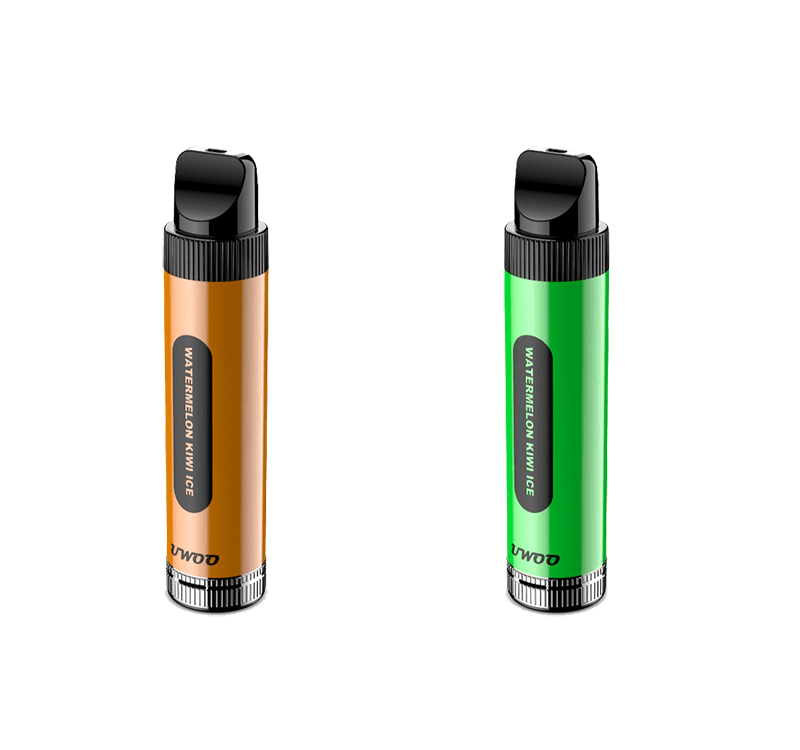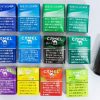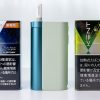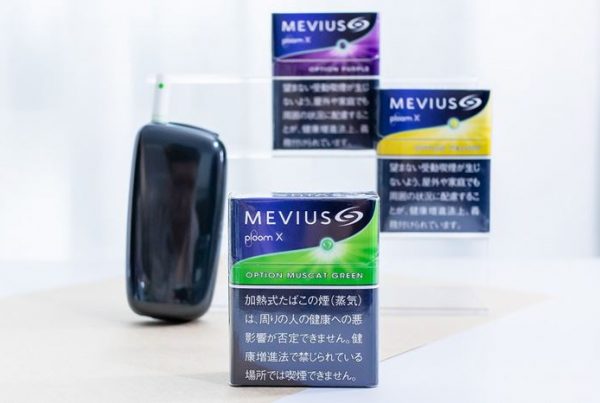Vaping really revolutionized the way people use nicotine, but the changes are really only just beginning. Heat-not-burn devices, which use actual tobacco but just heat it rather than “smoking” it through combustion, offer a bit of a middle-ground between vaping and smoking. But with the middle-ground in function, you might assume a middle-ground in risk follows. But does it? Although we can’t be certain yet, a recent study from Dr. Farsalinos looks at exactly this issue: what exposes users to the most formaldehyde and acetaldehyde, vaping, smoking or using a heat-not-burn device?
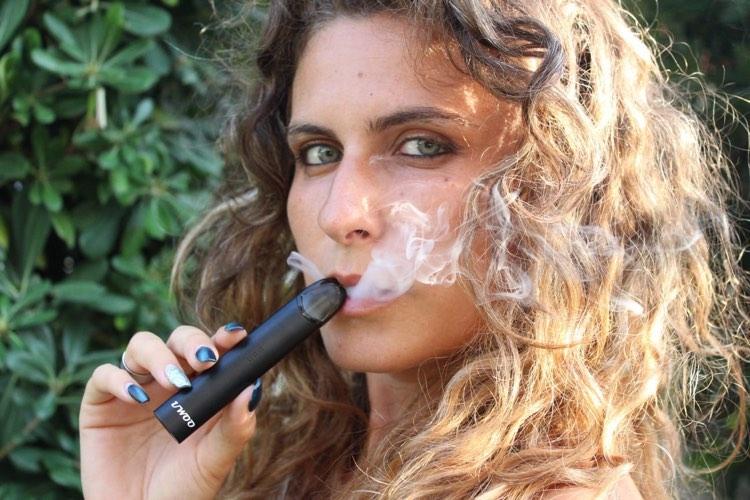
THE STUDY: WHAT THEY DID
The aim of the research was pretty simple: take a cigarette (a Marlboro Red), a vaping device (a Nautilus Mini tank, filled with tobacco e-liquid and vaped at 10 and 14 W), and the IQOS heat-not-burn device, and compare the chemicals released by each. The researchers specifically focused on carbonyl compounds, like formaldehyde, acetaldehyde, acrolein, propionaldehyde and crotonaldehyde.
The reason for this approach is simple. Carbonyls are a major class of harmful chemicals we know are found in cigarette smoke, and high-profile results (that suffered from major issues) have found them in e-cigarette vapor too. As you’d expect, while it isn’t ideal to inhale any of these chemicals, inhaling less of them on a day-to-day basis is better than inhaling more of them. The study then offers a potential way to investigate the possible health benefits of switching from smoking to vaping or heat-not-burn.

IS HEAT-NOT-BURN SAFER THAN SMOKING?
Heat-not-burn is the newer technology, and since we already have plenty of evidence on carbonyl levels in e-cigarette vapor, study’s results for IQOS are the most illuminating findings. The study showed that formaldehyde levels in heat-not-burn aerosol were 92% lower, for acetaldehyde levels were 85% lower, for acrolein they were 91% lower, for propionaldehyde they were 89% lower and for cronotaldehyde they were 95% lower. Overall, after a pack of cigarettes, using heat-not-burn instead of smoking would reduce your carbonyl exposure by 85 to 95%.
This represents a massive reduction compared to smoking. This is great news for the smokers of Japan – who’ve switched to heat-not-burn in substantial numbers – and for anybody else who has been able to make the switch to heat-not-burn.
The researchers also tested more intense puffing regimens, and this did change the results somewhat. The levels increased for more intense puffing, but they remained three to four times lower than corresponding levels in tobacco cigarettes.
IS VAPING SAFER THAN HEAT-NOT-BURN?
The researchers also looked at the carbonyls released by vaping, reporting the results as the quantity for every 12 puffs inhaled to enable comparison. The study shows that the reduction in carbonyl exposure from vaping is even bigger than for iQOS, at a massive reduction in exposure of between 97 to over 99%.
Getting to the numbers, while vaping released 0.5 to 1 μg (1 μg = 1,000 mg) of formaldehyde for 12 puffs, one iQOS stick released 5 to 6.4 μg. For acetaldehyde the figures are 0.8 to 1.5 μg for e-cigarettes and a huge 144 to 168 μg, and for acrolein the vaping device emitted 0.3 to 0.4 μg, whereas the heat-not-burn device released 10.4 to 10.8 μg. The researchers couldn’t compare the others because they weren’t even detected in e-cigarette vapor.
People should use any approach that works for them to quit smoking, but these results do confirm a suspicion most have had all along: while heat-not-burn appears much safer than smoking as well, it will probably be more dangerous to your health than vaping over the long term. That isn’t to say you shouldn’t use heat-not-burn, but the differences in quantities are still quite substantial.
OTHER ISSUES: WHAT THE STUDY DOESN’T INCLUDE
It’s important to note that while the study shows huge benefits when it comes to reducing carbonyl exposure, there are many other things to consider when you’re looking at the safety of an alternative to smoking.
However, the results of this study broadly agree with the rest of the evidence on the topic of heat-not-burn tobacco, as reviewed by Public Health England alongside the evidence on vaping. Philip Morris’ submission to the FDA as a modified risk tobacco product was rejected, but only because of a lack of real-world evidence: the panel did agree that IQOS releases less toxic chemicals than a traditional cigarette.
Public Health England was a little clearer on the topic of IQOS and other heated tobacco products:
“The available evidence suggests that heated tobacco products may be considerably less harmful than tobacco cigarettes and more harmful than e-cigarettes.”
This, more than anything, really sums up the state of the evidence on heat-not-burn products. There are plenty of attempts to overstate any hint of a risk – as we’ve seen over the years with e-cigarette products too – but on the whole, switching to heat-not-burn will reduce the risks to your health. If you want to minimize the risks to your health while still consuming nicotine in a similar way, vaping is definitely the way to go, and pairing it with a realistic tobacco e-liquid offers many of the same benefits when it comes to keeping the experience similar.
But this isn’t necessarily the right way to look at the issue. The important thing is that heat-not-burn will appeal to some smokers and vaping will appeal to others. There isn’t a “one-size-fits-all” solution; there are different approaches that suit different smokers. It isn’t about the “right” way to quit, only the way that works for you personally.
CONCLUSION: VAPING AND HEAT-NOT-BURN ARE ALLIES
We can all agree that reducing the risks of consuming nicotine is a good thing. We should applaud anybody who wants to do that, no matter how they do it. The study from Dr. Farsalinos and colleagues offers a useful comparison when it comes to carbonyl compounds, and it helps to position different approaches on a “risk scale,” but overall whatever works for you is the best way to go. Vaping and heat-not-burn tobacco might be positioned by many as being in competition, but they’re really both attempts at accomplishing the same thing, and that thing is what we all want: fewer people dying from smoking-related diseases.


